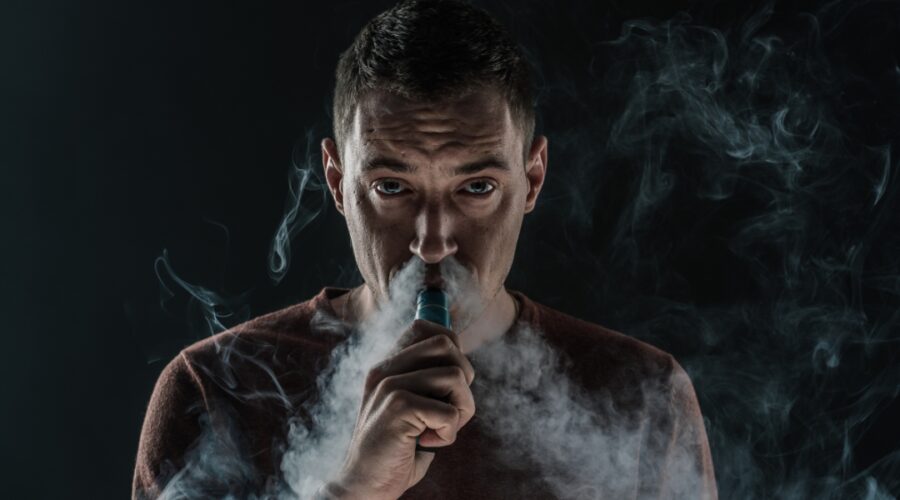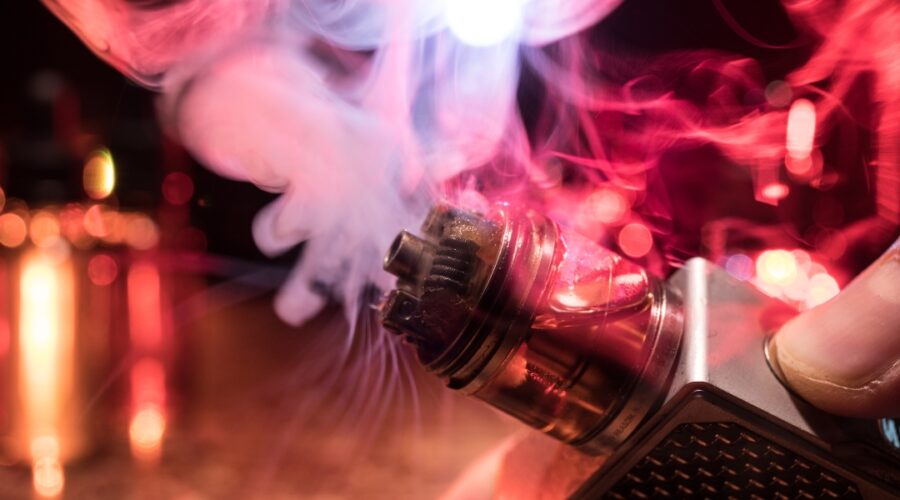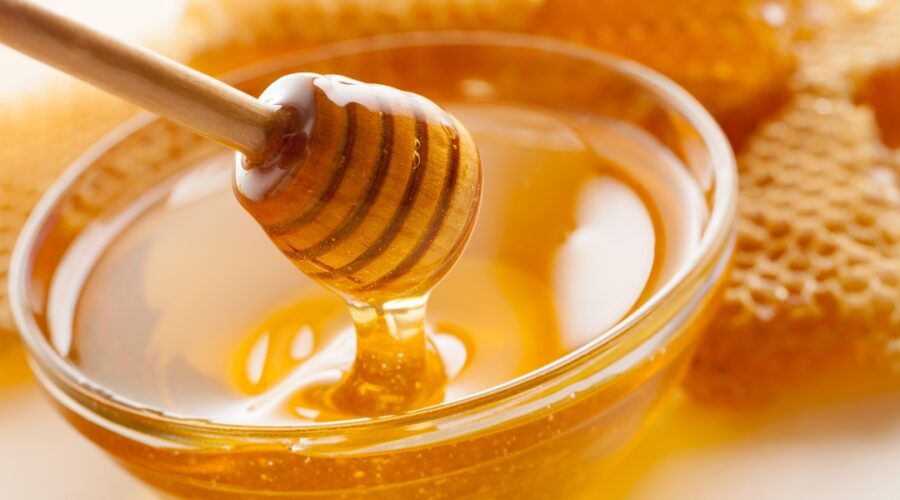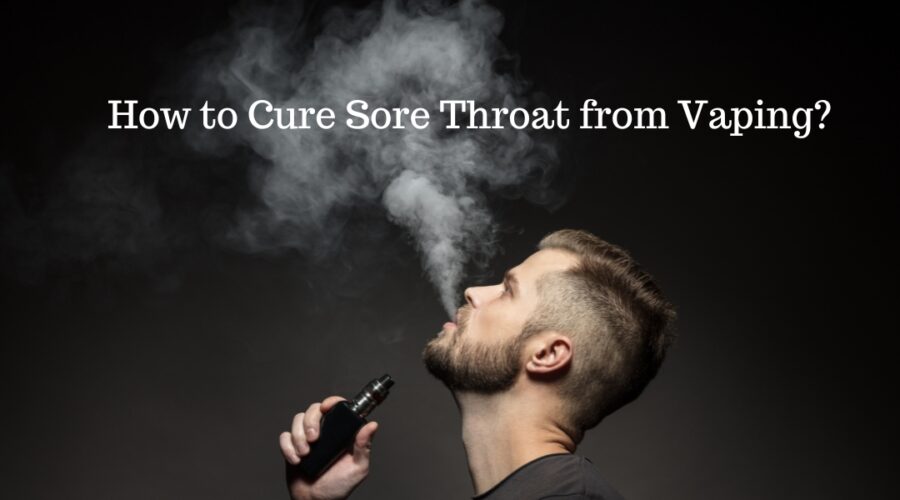Vaping has helped millions of people globally to quit smoking because it provides a level of pleasure that other nicotine replacement methods lack. Smoking is not just about fulfilling nicotine cravings, but also the enjoyment it provides.
If nicotine cravings were the only reason people smoked, smoking would have ceased to exist once nicotine gum was introduced. Vaping is effective because it combines elements of smoking with traditional nicotine replacement options.
Some people may not find vaping as enjoyable as it should be due to experiencing a sore throat or cough. These symptoms are not normal and can diminish the pleasure of vaping. In this article, we aim to provide guidance to help identify the root cause of these issues.
We will offer solutions on how to alleviate a sore throat from vaping, discuss potential reasons for a vaping cough, and suggest ways to make vaping more enjoyable. Our goal is to prevent unpleasant vaping experiences and ensure vaping is as enjoyable as it is intended to be.
Your Nicotine Strength Is Too High

To fully enjoy vaping, it’s essential to have the appropriate nicotine strength in your e-liquid. The insufficient nicotine strength will not be satisfying, but increasing vaping frequency or switching to a higher nicotine strength can resolve the issue.
Conversely, excessive nicotine strength may cause coughing or a sore throat when inhaling vapor, surpassing the sensation of smoking a cigarette.
You’re Using the Wrong Type of Nicotine
E-liquid is produced by ape juice brands using two types of nicotine: freebase nicotine and nicotine salt. Nicotine salt is predominantly utilized in some regions, such as the United States and Canada, for e-liquids with greater nicotine levels.
Freebase nicotine is typically used in lower-strength e-liquids. Nonetheless, it’s typical to see high-strength e-liquids with both nicotine kinds in the UK and Europe.
If that’s the case where you live, you’ll need to choose the nicotine type that’s most enjoyable and satisfying for you. Some people find that high-strength freebase nicotine e-liquid causes a sore throat or makes them cough. If that’s true for you, try nicotine salt instead. Because it’s less alkaline than freebase nicotine, many people find that it tends to be smoother.
You’re Using the Wrong VG/PG Ratio for Your Needs

The two bases needed to manufacture e-liquid are propylene glycol (PG) and vegetable glycerin (VG). Only 10 to 15 percent of a normal bottle of vape juice is made up of flavors and nicotine. The remainder is a mixture of VG and PG. The characteristics of VG and PG are different. VG tends to produce bigger vapor clouds, for instance, while PG is a better carrier of flavors.
Because VG and PG both have desirable characteristics, e-liquid tends to contain a blend of both. PG does have one characteristic, however, that some people don’t enjoy: it tends to create a slightly scratchy sensation in the throat. Some people interpret that sensation as a satisfying throat hit. Others, though, interpret it as throat soreness.
If you fall into the second group, you should consider trying an e-liquid with a higher percentage of VG. It’s even possible to find e-liquids containing no PG at all.
Your Vape Cough Could Be a Side Effect of Quitting Smoking
As soon as they purchase their first vaping products, many new vapers swear they’ll give up smoking permanently. It’s typical, nevertheless, for long-term smokers to briefly have greater coughing when they first quit smoking.
Even for people who immediately switch from smoking to vaping, this is frequently the case. When you stop breathing in smoke, the cilia in your lungs become more active, which causes your coughing to get worse. You start coughing as soon as your lungs start to work to expel the tar.
With that in mind, a “vape cough” that occurs when you first stop smoking may not actually have anything to do with vaping at all. If you’re concerned that the coughing may be a sign of a more serious problem, you should speak to your doctor. Otherwise, you most likely have nothing to worry about. The coughing should subside after a few days.
You Aren’t Using the Ideal Inhaling Style for Your Vaping Device

One of the essential things to consider when purchasing your initial vape kit is whether the device is designed for mouth-to-lung or direct-to-lung inhaling. At Innokin, we always specify the intended inhaling style in our product descriptions to ensure that you find the perfect device for your needs.
However, if you’ve already bought a vaping device without confirming its intended inhaling style, you might experience coughing due to inappropriate airflow characteristics. The best solution is to purchase a vaping device that aligns with your preferred inhaling style. In the meantime, you can adjust your device’s airflow to make it tighter or looser to see if that improves your experience.
You Aren’t Drinking Enough Water When You Vape
Vegetable glycerin and propylene glycol have the shared property of being humectants, or substances that draw and hold moisture. Because VG and PG have that characteristic, some individuals discover that vaping occasionally causes them to feel thirsty.
Of course, dehydration might result in a sore throat when vaping. There’s a significant likelihood that you’re not getting enough liquid if you also feel other signs of dehydration while vaping, such as a dry mouth or chapped lips.
Fortunately, there’s a quick cure for that: Make a concerted effort to drink more water during your vaping sessions
Your Device’s Power Level Is Set To High

The final reason why vaping might give you a sore throat or make you cough is that your device’s power level is set too high. Having a vape mod with adjustable power is a great thing if you’re an advanced vaper because it gives you the ability to customize your vaping experience and enjoy exactly the warmth and intensity that you want.
The negative aspect of using a vaping device with adjustable wattage, though, is that it’s possible to set the wattage too high.
Every vape coil has a suggested power range in watts carved into the side of its shell. Also included in the box is the recommended wattage range for a vape coil. Manufacturers test the coils for their vape tanks to determine the power ranges in which they can operate reliably.
Although you might be tempted to operate your vape tank at a higher than its recommended power range in order to get the biggest vapor clouds possible, the fact is that you’re likely to burn your coil’s wick if you’re too aggressive with your power settings.
A burnt vape coil doesn’t just give you poor flavor quality; it’s also very likely to give you a sore throat.
Remedies to Relieve Your Sore Throat Pain
Honey

From its warm color, amber, to its firmness, sweet consistency, and soft, sweet honey is a natural remedy for sore throat. In addition, honey has a variety of anti-inflammatory, anti-bacterial, and antioxidant properties.
As a precaution, children under the age of 1 should not eat honey because they are at risk of possible toxicity.
Saltwater Gargle
Most of us grew up with it, which may be the first thing you think of when a sore throat catches you. Brushing with warm salt water reduces inflammation, promotes healing, and prevents bacterial growth in the mouth.
Salt water also helps with mucus and is one of the best home remedies for coughs and sore throats. Apply twice a day for sore throat.
Baking Soda Gargle

Baking soda has an alkaline effect that makes acids neutral in the mouth. It can help prevent infections, prevent inflammation and lubricate the mouth and throat.
Humidifier
Breathing dry air may feel like sandpaper in a sore, sore throat. The room humidifier softens your nose and throat, making breathing easier. Add a few drops of essential oil to a throat scent. Introduce moisture at night while you sleep to keep the room moist while your body is resting and working to heal itself.
How to Avoid Sore Throat
- Avoid vaping altogether if possible
- Use smaller and lower-dose solutions
- Ensure the e-cigarette is working properly with a clean air intake and functioning coil
- Keep yourself well-hydrated to prevent a sore throat
- Use routine sore throat remedies such as tea, honey, soups, or throat lozenges
- Avoid overusing nicotine in the vaping liquids
- Get plenty of exercise and sleep
- Try different vaping styles, such as being more gradual with your vaping hits, leaving time for recovery
- Experiment with different flavors that may be less irritating to you
- Rebalance the propylene glycol and glycerol mixture
- Check for allergies to components of the e-cigarette or vaping liquids, such as a nickel allergy, and switch to stainless steel if needed.
FAQs

Is Vaping Worse than Smoking?
Vaping is a relatively new phenomenon, and there is ongoing research to determine its long-term effects. However, current evidence suggests that while vaping is not without risks, it is likely less harmful than smoking cigarettes.
Cigarette smoke contains numerous harmful chemicals, including tar, carbon monoxide, and arsenic, which can cause cancer, heart disease, and other health problems. In contrast, e-cigarettes produce an aerosol, often called “vapor,” that typically contains fewer harmful chemicals than cigarette smoke. However, e-cigarette aerosol can still contain potentially harmful substances such as nicotine, heavy metals, and flavorings.
Furthermore, the long-term effects of inhaling e-cigarette aerosol are still not fully understood, and there are concerns that vaping may lead to lung damage, as well as addiction to nicotine.
Can Your Dentist Tell if You Vape?
Yes, your dentist may be able to tell if you vape based on the signs and symptoms they observe during your regular dental checkups.
Vaping can cause a variety of oral health problems, including dry mouth, gum irritation, and inflammation. The nicotine in vaping products can also cause gum recession and increase your risk of developing periodontal disease, a serious gum infection that can damage the soft tissue and bone that support your teeth.
How Long Does Nicotine Stay in Your System?
Nicotine can stay in your system for several hours to several days, depending on various factors such as the amount and frequency of use, the type of nicotine product used, and individual factors such as metabolism and overall health.
Generally, nicotine has a half-life of about 2 hours, which means that it takes approximately 2 hours for the amount of nicotine in your system to decrease by half. However, this can vary depending on individual factors.
How Do You Flush Nicotine out Fast?
There is no guaranteed way to flush nicotine out of your system quickly. The best way to eliminate nicotine from your body is to quit smoking or using nicotine products altogether and allow time for it to naturally leave your system.
Drinking plenty of water and staying hydrated can help flush out toxins from your body, including nicotine. Engaging in regular physical exercise and maintaining a healthy diet can also help speed up the body’s natural detoxification process.
Some people may turn to detox drinks or supplements that claim to flush nicotine out of the system quickly. However, these methods are often not supported by scientific evidence and may even be harmful. It is always best to talk to a healthcare professional before using any detox products or methods.
How Many 3mg Vape Puffs Equal a Cigarette?
It is difficult to accurately determine how many puffs of a 3mg vape juice would be equivalent to smoking one cigarette, as it depends on various factors such as the individual’s smoking or vaping habits, the type of cigarette, and the type of vape device being used.
In general, a typical cigarette contains around 8-20 milligrams of nicotine, whereas a 3mg vape juice contains 3 milligrams of nicotine per milliliter of liquid. This means that vaping an entire milliliter of 3mg vape juice would be roughly equivalent to the nicotine content of one-third to one-half of a cigarette, depending on the cigarette brand.
Conclusion
I know that sniffing out the cause of your sore throat can make you feel like an overworked detective—but have faith! If you follow all the steps listed above you’ll be sure to catch the culprit, and those hits will be silky smooth again in no time!
We sincerely hope you learned how to prevent a sore/burning throat from vaping by reading this guide.

